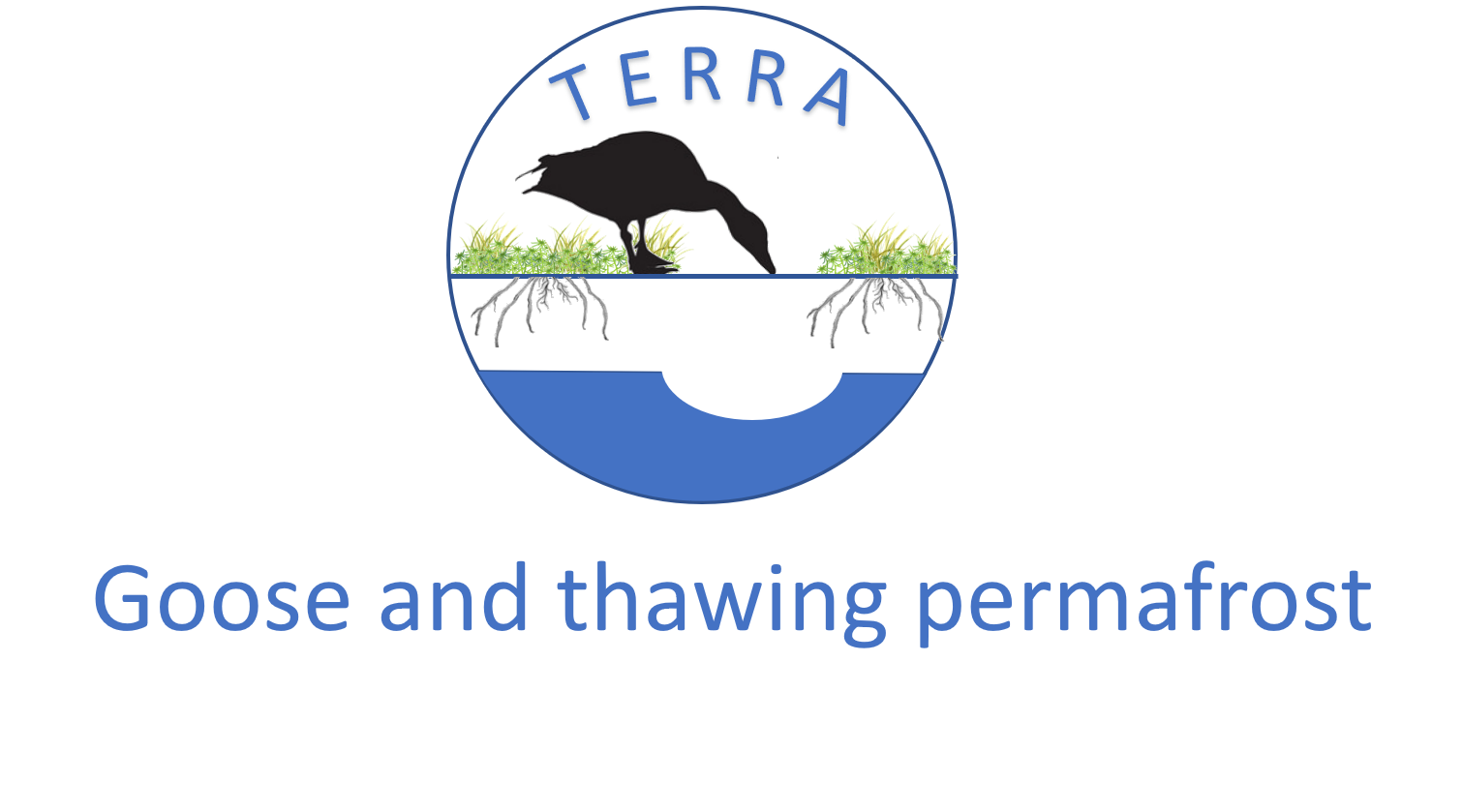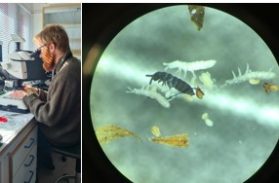Hello, my name is Fredrik Selmer, and I am going to tell you a bit about myself, how I ended up in TERRA and about the Arctic soil invertebrates.
So first, I am a biology master’s student at the Norwegian University of Life Sciences (NMBU), but I am doing my master’s thesis at Svalbard, under a quartet of supervisors, one of them being Emelie Winquist, and another being Simone I. Lang. This is my second time living in Svalbard. My first longer stay was as part of my biology Bachelor where I took the biology fall classes at UNIS. UNIS and Longyearbyen has an amazing social community, with a LOT of different clubs, spare time activity groups and so on. It is a place where it is very easy to get to know people and where ‘everybody know everybody’. The place is so set up for social encounters that the student housing doesn’t even have any proper separation between the different student kitchens, allowing for easy visits to all your student neighbours. The University Centre also has a lot of professors in relation to students, and professors who in general engage with the students, inviting them to join their own projects and who in general are interested in them. All this made UNIS and Svalbard a very welcoming and warm place to be, which together with the absolutely AMAZING wildlife and nature, made me want to stay as long as possible. I therefore applied for the marine biology spring class and management class despite having no prior knowledge in either subject, and I was allowed to stay until the spring of 2022. While engaged in the bachelor courses, I was also engaged in several BioCEED endeavours, one of them being an internship where I was partaking in the establishment of the TERRA field sites. After ending my TERRA internship and biology batchelor, it was time to start my biology master. I contacted UNIS looking for a thesis, and they wondered if I would be interested in partaking in an expansion of the TERRA project. The TERRA project was at this time looking into most of the different tundra biology aspects, mycology, botany, microbiology etc, but not soil invertebrates, so they wanted me to include those into the project. To this proposal I of course obliged. One year later, the spring of 2023, I was once again working on the TERRA field site. I continued doing this work throughout the summer and fall. The work included tasks like setting up and taking down anti goose grubbing cages / weather stations and open top chambers (OTCs), taking samples, and working with the HOBO data loggers. During the summer I also extracted a number of soil cores from the field site, as well as a collection of leaf litter samples. These cores and samples were to be used in order to look at the soil invertebrates and soil invertebrate induced leaf litter decomposition.
But why are we interested in the soil invertebrates and why are they important? But maybe more importantly to mention first; What are the soil invertebrates? So, in any soil you will find invertebrates; small insects, worms or insects or worm-like creatures, who live their whole life or at least part of it in soil. Two of the larger non insect groups are the mites and the springtails. The mites we now talk about are but very distant relatives of the more famous ticks and are mostly harmless to humans. They come in an enormous variety, about 45 000 species are known in the world, and there might be as much as a million species of mites in total. The species that live in soil are largely detritivores, or predators that feed upon other small invertebrates. But with this enormous diversity, you find mites occupying a vast number of different niches, and that these animals have a number of different effects upon the soil. Of particular interest to the TERRA project, is that these animals have effects upon how fast plant material rots within the soil, and how well plants access the nutrients stored within the soil. Both may affect the plant community composition of the tundra, and its carbon storage.
The springtails are relatives of the insects but not insects themselves. They are small, generally soft bodied, and often have a furcula, an organ that allows for some spectacular jumps, hence the name springtail. These animals are also diverse, yet not so much as the mites, with about 6500 species described. These animals are also important for soil health and decomposition for instance through their interactions with fungi.
Svalbard may look like a desolate desert on the surface, and it is, but it still harbours about 1000 species of invertebrates, 68 of these being springtails, and 179 being species of mite. And though the species count is relatively low, these animals may still reach astounding numbers. At Svalbard is it found that a single square meter of land can hold as much as 81000 individuals of Oribatid mites (a suborder of mites), and in another instance as much as 268 000 individuals of springtails. Even though the average is much lower than these extremes, there is still no doubt an incredible number of animals spread over the archipelago as a whole, indicating a need to gain a deeper understanding about these animals and the services they provide.
The Arctic environment is changing, there are increases in temperature, for instance shown through the increase in winter rain weather, and subsequent icing, and this will all likely affect the soil invertebrates. As well as the climatic changes also Svalbard’s geese populations are booming. These geese dig up the Arctic tundra, potentially changing the small air pockets in the soil that many soil invertebrates use as habitat, and thus exposing the animals for more severe climate effects as they remove the vegetation layer that otherwise would have protected the soil. It is important to study how these animals may fare under these new conditions.
The TERRA project aims to do this, studying how climate changes, and geese population increases, may affect the soil invertebrates and the decomposition they facilitate. And for this reason, leaf litter bags were dug up, and soil cores taken. The leaf litter bags will allow us to investigate the differences in decomposition between leaves only exposed to microbes, and ones that were also exposed to invertebrates. The mesh bags that the leaves were buried in prohibited invertebrates from interfering in the control batch. The soil cores were used to investigate how the animal counts varies between the plots exposed to different treatments, so that we could see if for example icing had reduced the number of animals compared to non-icing plots. The animals were extracted using a MacFayden extractor, a machine that uses heat to “chase” the animals out of the soil core and into a funnel, that leads to a collection tube. The animals are then later counted and identified using a microscope, a process that has taken most of the fall.
I am currently finishing my data analysis of the animal numbers and have just started writing on my master’s thesis. The hope being that we soon will gain some more understanding of how the Arctic changing climate, and increasing goose populations affect the Arctic tundra systems, with its plants, fungi, microbes, and invertebrates.
Fredrik Selmer

